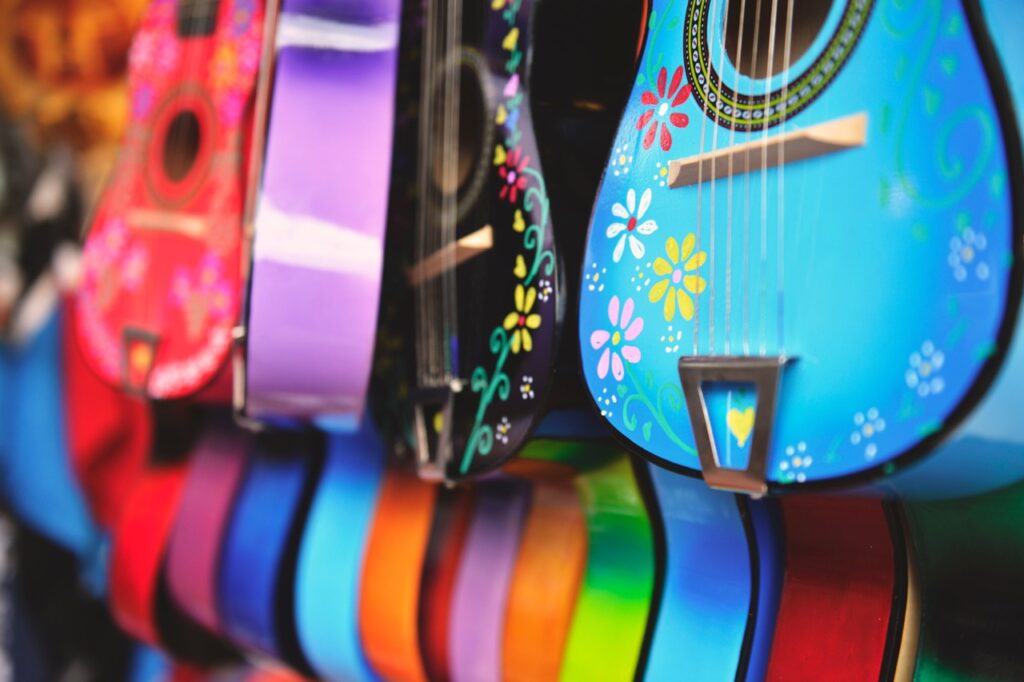In an age characterized by technological advancements, the charm and value of traditional handicrafts hold a unique place in the heart of cultural heritage. These crafts are not merely products; they are stories woven with threads of history, culture, and artistry. As we venture further into the modern era, the essence of preserving these traditional crafts becomes paramount. This article explores the significance of handicrafts and the avenues to ensure their preservation and continuation for future generations.
- Historical Significance: Handicrafts are tangible narratives of a community’s history and tradition. They embody the skills, stories, and essence of bygone eras, offering a tactile connection to the past. Through the preservation of traditional crafts, we honor and continue the legacy of previous generations.
- Cultural Identity: Traditional crafts are emblematic of a community’s cultural identity. They reflect the unique characteristics, beliefs, and aesthetics of a particular group, enhancing the cultural diversity and richness of a society.
- Economic Sustainability: Handicraft industries often play a crucial role in the economic sustainability of many communities. By promoting and preserving traditional crafts, we foster local economies, support artisanal livelihoods, and encourage sustainable economic practices.
- Educational Value: The process of creating handicrafts is an enriching educational experience. It imparts valuable skills such as creativity, precision, and patience. Furthermore, learning about traditional crafts provides insight into the historical and cultural contexts from which they emerged.
- Environmental Responsibility: Many traditional crafts employ eco-friendly materials and sustainable practices. In contrast to mass-produced goods, handicrafts often have a lower environmental impact, aligning with the global shift towards sustainability.
- Innovative Revival: The intersection of tradition and innovation offers a promising avenue for the revival of traditional crafts. By integrating modern designs, marketing strategies, and e-commerce platforms, artisans can reach a wider audience while preserving the essence of traditional craftsmanship.
- Community Engagement: Engaging communities in the preservation and promotion of traditional crafts is crucial. Community-driven initiatives, workshops, and craft fairs provide platforms for artisans to showcase their skills, share their knowledge, and pass on their craft to the next generation.
- Government and Institutional Support: Support from governmental and institutional bodies is essential for the preservation of traditional crafts. Policies that promote craft education, provide financial support, and facilitate market access can significantly bolster the handicraft sector.
- Global Recognition: Achieving global recognition for traditional crafts through certifications, awards, and international craft fairs can significantly enhance the value and appeal of these crafts on a broader scale.
The endeavor to preserve traditional crafts is a journey towards celebrating and continuing a rich cultural heritage. It is about cherishing the old while embracing the new, creating a harmonious blend of tradition and modernity. Through concerted efforts from individuals, communities, and nations, the tapestry of traditional crafts can continue to enrich the world, narrating the timeless stories of our shared human heritage.







